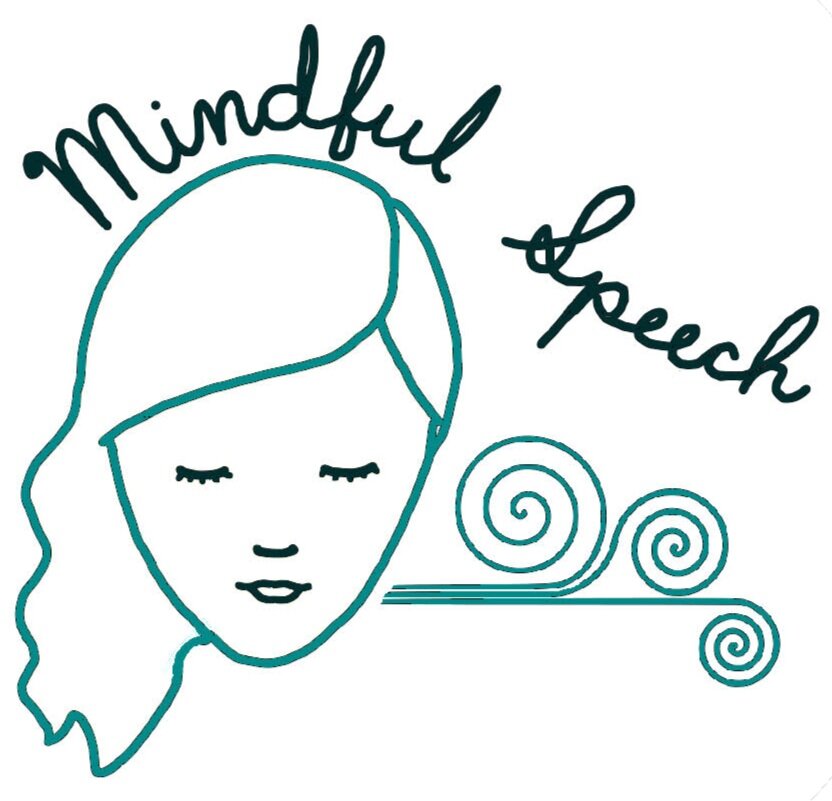Essay Writing and Executive Functioning: How to work on both at the same time
I had the great fortune to have none other than executive functioning queen Sarah Ward teach me in graduate school. One of my favorite Sarah Ward tools is the Get Ready- Do-Done model. You can read more about it here but the question from the Get Ready - Do - Done model we will ponder for today is:
“What does done look like?”
You can apply this question to many different tasks:
“What will my meal look like when I’m all done making it? Will it be crispy? Will it be burnt? Will the bread be white, brown, or black?”
“What will it look like when I’m done organizing my closet? Will it be organized by color, season, or clothing type?”
When we start with what done will look like, we can take the necessary steps to get there.
Applying Imagining “Done” to Writing Essays
Today we are applying that question to writing essays. Once you’ve looked at and fully digested the essay prompt, you can now think about what “done” would look like.
For example, what would “done” look like if you were given the following prompt?
Some parents give children a weekly or monthly allowance regardless of their behavior because they believe an allowance teaches children to be financially responsible. Other parents only give children an allowance as a reward for completing chores or when they have behaved properly. Explain what you think parents should do and why.
Write a minimum of 3 pages double spaced in 12 point font.
I know that the essay has to be at least 3 pages. This means it could be exactly three pages or a little longer. To help me visualize what done looks like, I drew a quick sketch of what the essay will look like when it is done.
Now I’m going to flesh out that image of what the finished essay will look like with some more of the details from the prompt.
I know from looking at the prompt that the essay has to talk about
If parents should give an allowance
no matter what (yes)
or only if their children do chores (no)
and why (x, y, z)
To help myself visualize what the two options are, I made two sketches of what done would look like if I chose the yes thesis statement and the no thesis statement.
How Does Imagining “Done” Help?
Now that we have an idea of what “done” will look like, I know where to start when writing an outline. I just have to fill in the x, y, z! When I have a visual of what done could look like, it makes getting started a whole lot easier. Many of my clients are astonished by how this simple shift in thinking helps them get started faster. One of the best parts about this tool, it takes very little time once you practice!
You might be reading this and thinking “Wow! This is so helpful! I’ve never thought to imagine what done looks like!” You might have ADHD and difficulty with writing and no one ever told you about imagining what done looks like. You might be feeling excited about having a new tool and you might even be a little mad that you were never taught this before. That’s okay! That’s normal! Today, we can work on building skills that will make writing easier.
What Next?! Need Help with Essay Writing?
Let’s talk about it!
If you or your child have difficulty knowing what “done” looks like, I’d love to talk to you about it to see how I can help.
Schedule a free consultation today!
Hi, I’m Hollis, the owner of Mindful Speech.
I’m a speech-language pathologist licensed in Illinois and Colorado.
I specialize in providing speech therapy to help children, teens, and young adults to improve language, reading, writing, and executive functioning skills. Now offering in-person sessions in Chicago!
Learn more about me on my About Hollis page.






